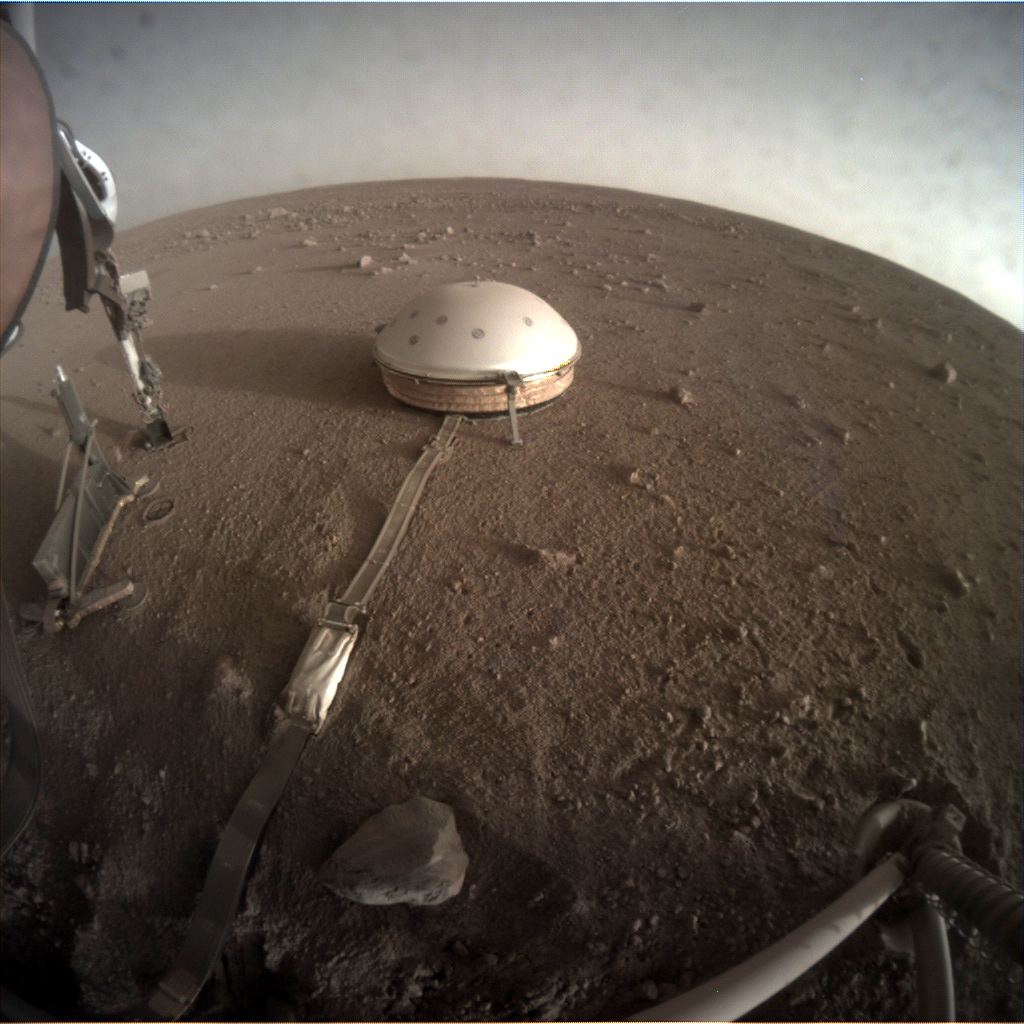The InSight lander has been on the surface of Mars for about a year, and a half dozen papers were just published outlining some results from the mission. Though InSight’s primary mission is to gather evidence on the interior of Mars—InSight stands for Interior Exploration using Seismic Investigations, Geodesy, and Heat Transport—the lander also keeps track of Martian Meteorology. A new paper reports that InSight has found gravity waves, swirling dust devils, and a steady background rumble of infrasound.
Continue reading “InSight has been Sensing Dust Devils Sweep Past its Landing Site”After a Challenging First Year on Mars, InSight Shows Us that Mars is Seismically Active
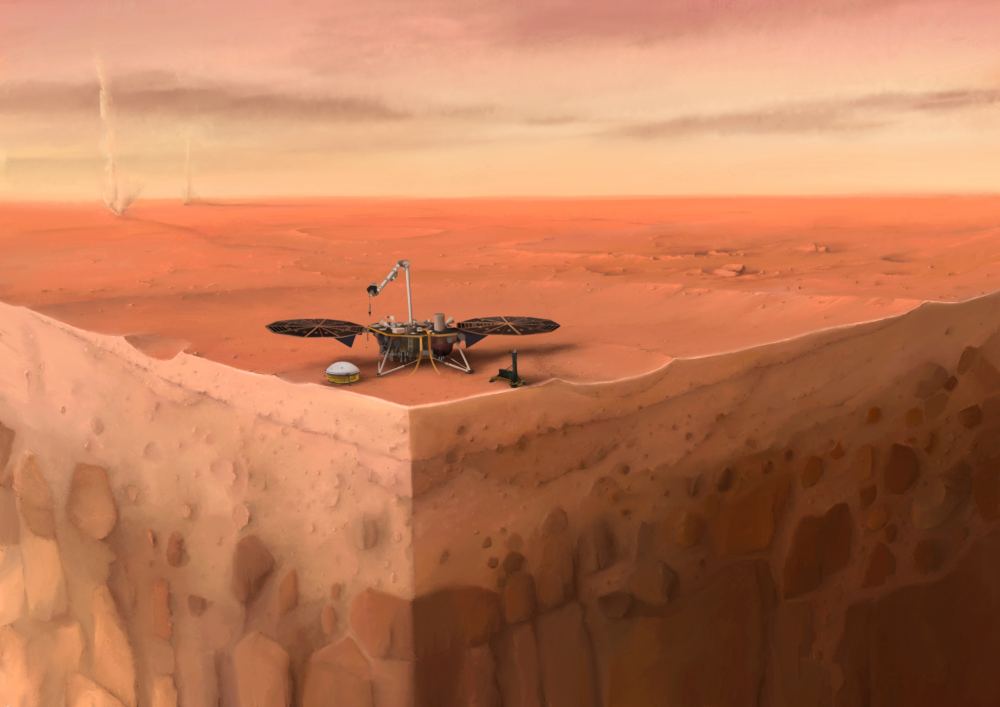
The NASA and DLR InSight lander has been on Mars for over a year now. The mission has faced significant challenges getting its HP3 (Heat Flow and Physical Properties Package) into the subsurface, but the spacecraft’s other instruments are working as intended. Now, researchers have published six papers outlining some of the mission’s scientific results.
Continue reading “After a Challenging First Year on Mars, InSight Shows Us that Mars is Seismically Active”There Are Winds Blowing On Pluto, Driven by Frozen Nitrogen
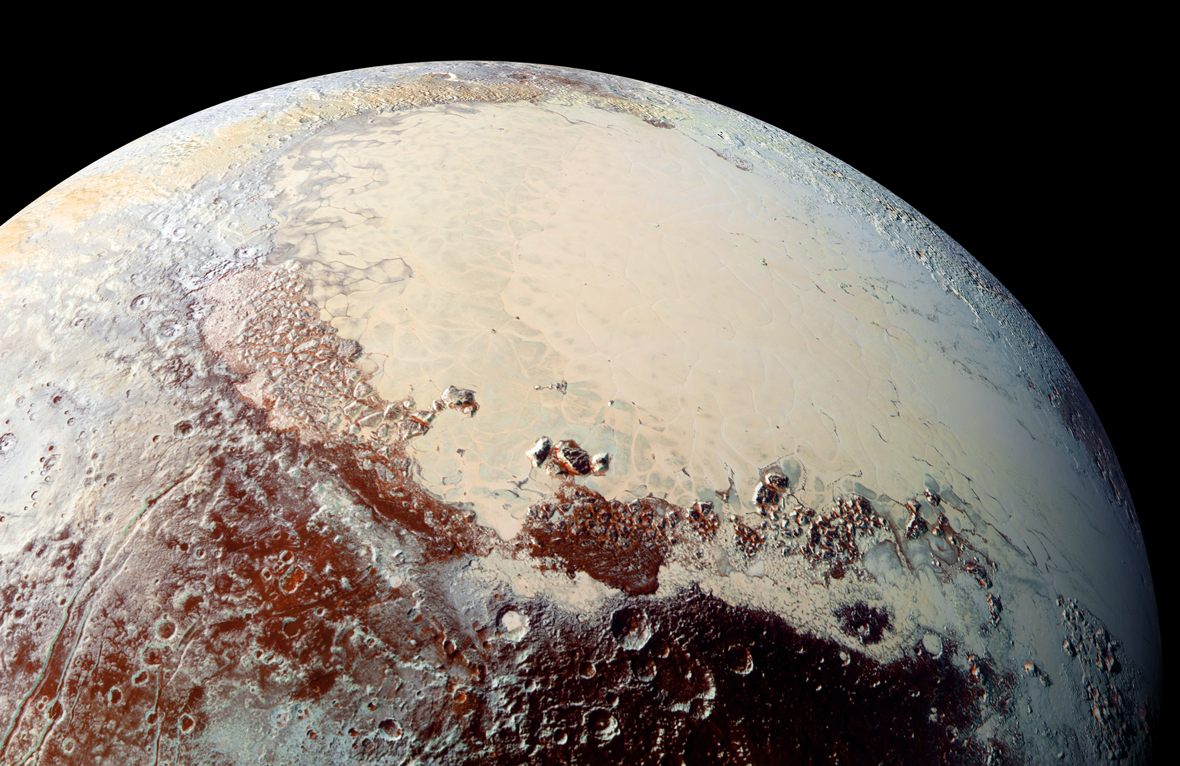
Earth and Pluto don’t have much in common. Earth is a vibrant, living world, whereas Pluto is cold, distant and lifeless. But one thing they do have in common is nitrogen. Earth’s atmosphere is about 78% nitrogen, and Pluto’s primary atmospheric constituent is also nitrogen, although the exact percentage is unclear.
On Pluto, where the surface temperature is about 42 Kelvin (-231 Celsius) most of that nitrogen is frozen. A new study says that Pluto’s frozen nitrogen drives the planet’s winds, and shapes its feature surfaces.
Continue reading “There Are Winds Blowing On Pluto, Driven by Frozen Nitrogen”A Second Planet May Have been Found Orbiting Proxima Centauri! And it’s a Super Earth.
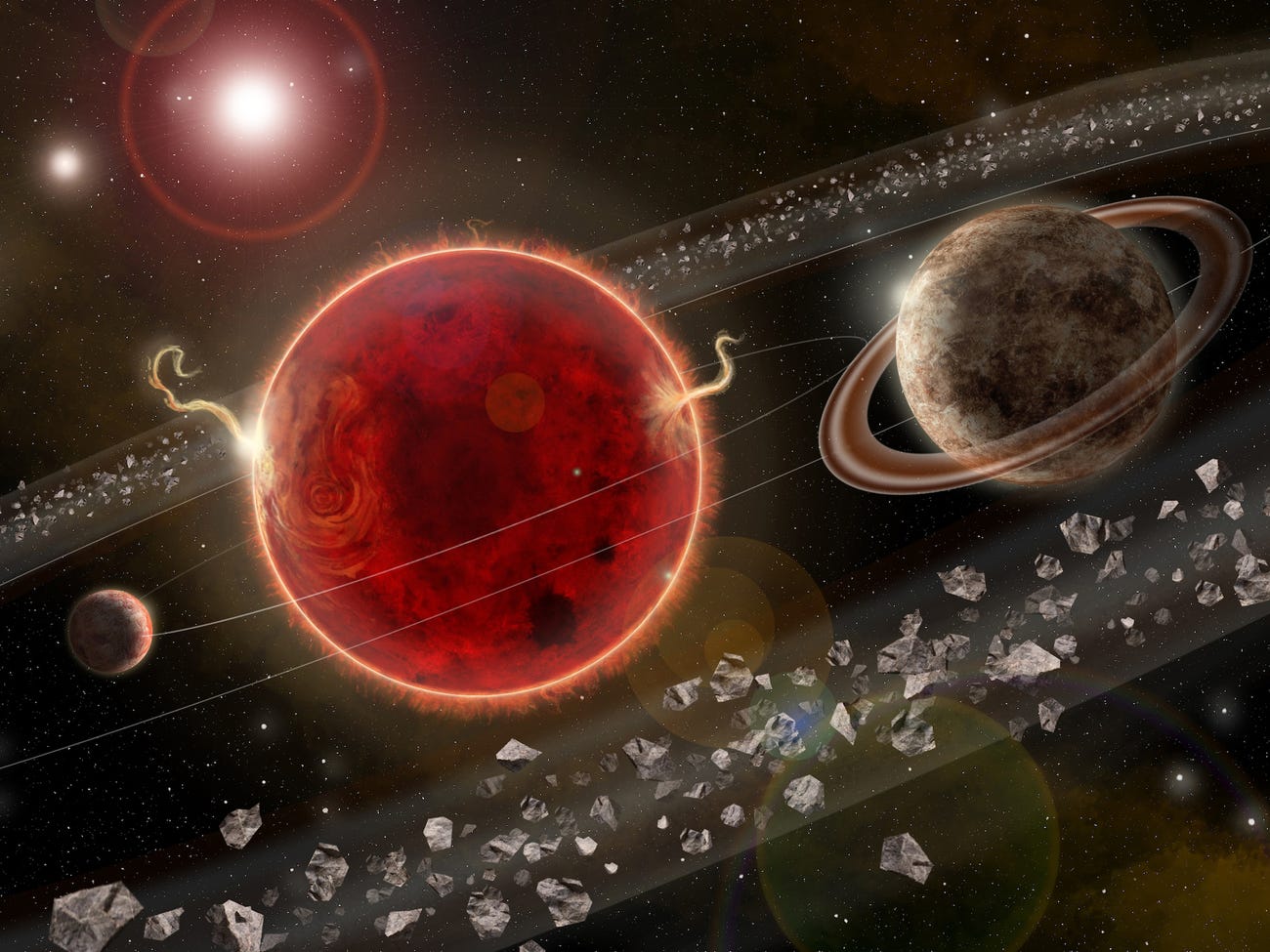
Astronomers have discovered another candidate exoplanet orbiting our neighbor, Proxima Centauri. A paper announcing these results was just published in the journal Science Advances. If confirmed, it will be the second exoplanet orbiting the star.
Continue reading “A Second Planet May Have been Found Orbiting Proxima Centauri! And it’s a Super Earth.”Mars Has Auroras Too, We Just Can’t See Them
Our eyes can’t see them, but Martian auroras are there, and more commonplace than we once thought. The Martian auroras were first discovered in 2016 by NASA’s MAVEN spacecraft. Now some new results are expanding our knowledge of these unusual auroras.
Continue reading “Mars Has Auroras Too, We Just Can’t See Them”How Long is a Day on Venus? Astronomers Make Their Best Measurement Yet
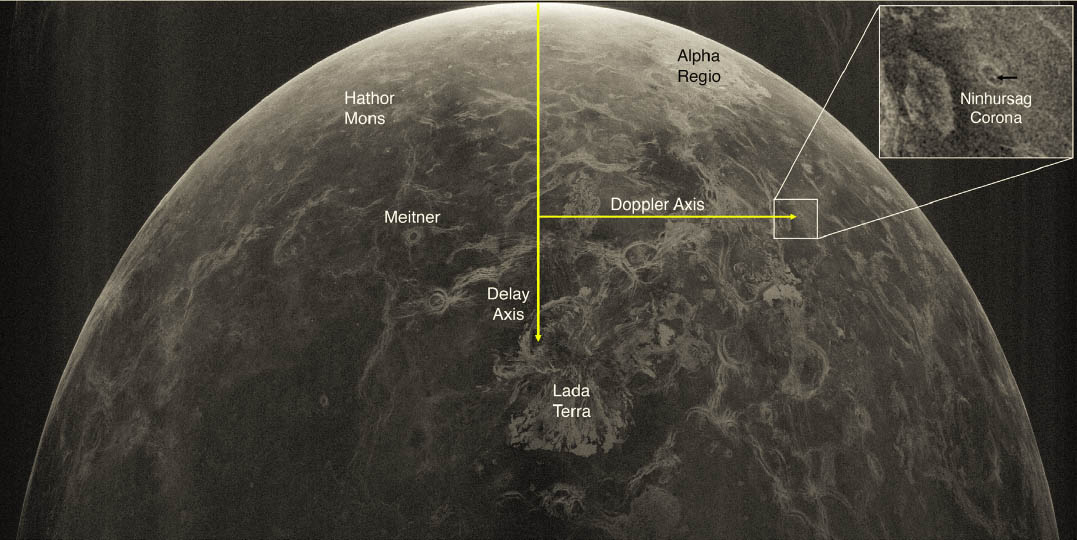
There’s a problem with Venus. We don’t know how fast it rotates. For a space-faring civilization like ours, that’s a problem.
Measuring the length of day, or rotation rate, of most bodies is pretty straightforward. Mark a prominent surface feature and time how long it takes to rotate 360 degrees. But Venus is blanketed in thick clouds. Those clouds give it its reflectivity, and make it bright and noticeable in the sky, but they make it hard to measure Venus’ day length.
Continue reading “How Long is a Day on Venus? Astronomers Make Their Best Measurement Yet”This Dried Up Riverbed Shows that Water Once Flowed on the Surface of Mars
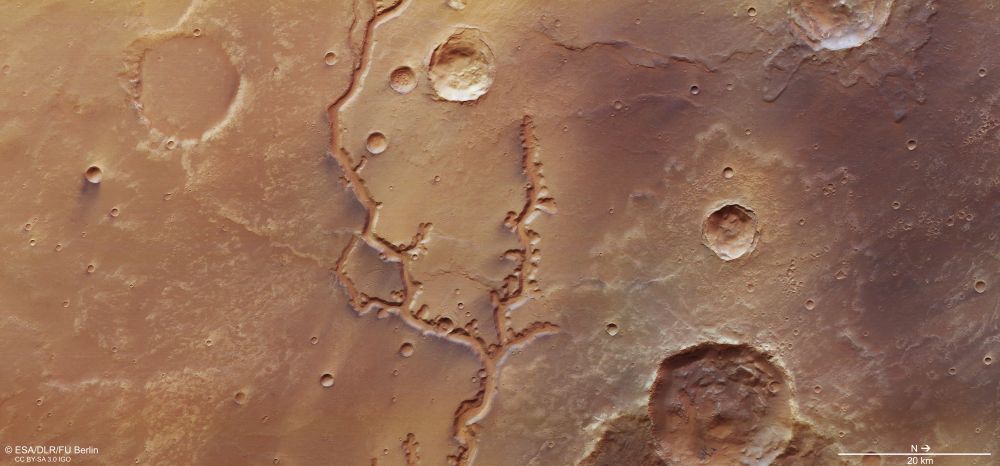
From some viewpoints, Mars is kind of like a skeleton of Earth. We can see that it had volcanoes, oceans, and rivers, but the volcanoes no longer fume and the water is all gone. A new image from the ESA’s Mars Express drives the point home.
Continue reading “This Dried Up Riverbed Shows that Water Once Flowed on the Surface of Mars”Io’s Largest Volcano, Loki, Erupts Every 500 Days. Any Day Now, It’ll Erupt Again.
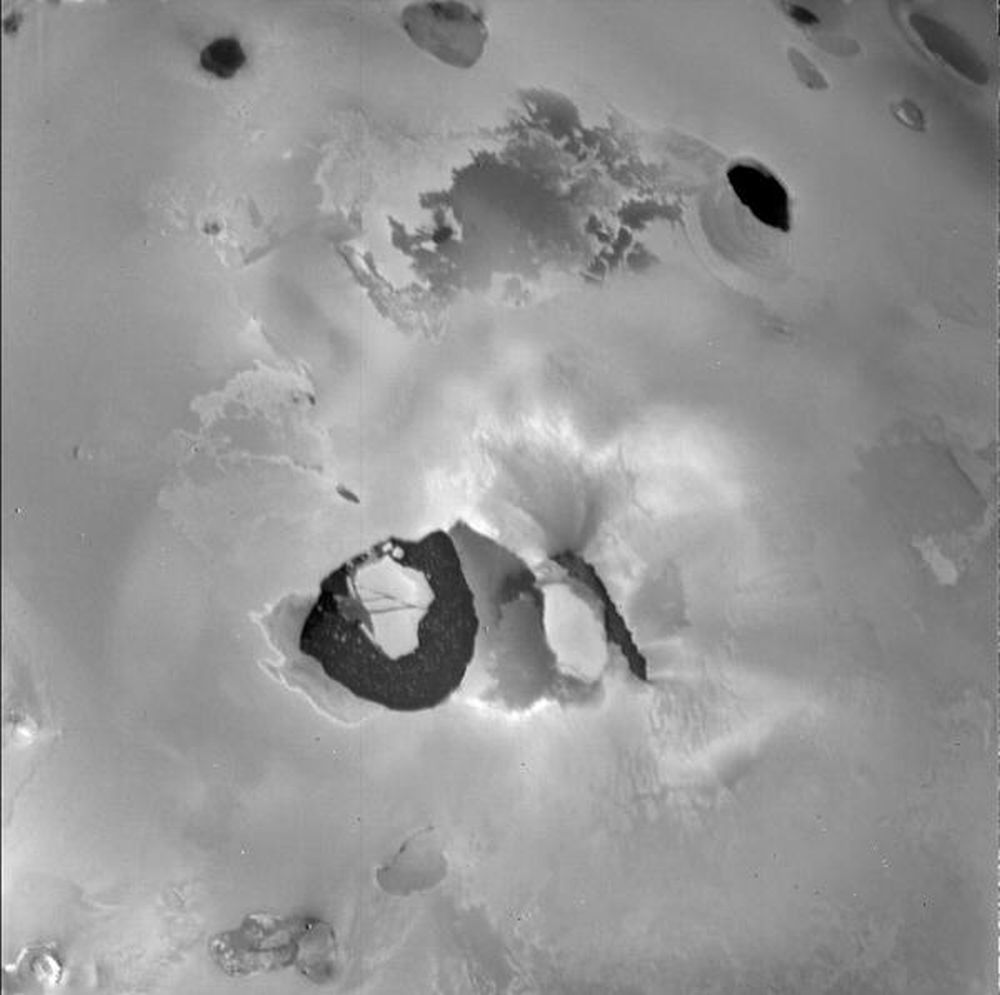
Jupiter’s moon Io is in stark contrast to the other three Galilean moons. While Callisto, Ganymede, and Europa all appear to have subsurface oceans, Io is a volcanic world, covered with more than 400 active volcanoes. In fact, Io is the most volcanically active body in the Solar System.
Io’s largest volcano is named Loki, after a God in Norse mythology. It’s the most active and most powerful volcano in the Solar System. Since 1979, we’ve known that it’s active and that it’s both continuous and variable. And since 2002, thanks to a research paper in the Geophysical Research Letters, we’ve known that it erupts regularly.
Continue reading “Io’s Largest Volcano, Loki, Erupts Every 500 Days. Any Day Now, It’ll Erupt Again.”Whoa. Lakes on Titan Might be the Craters from Massive Underground Explosions
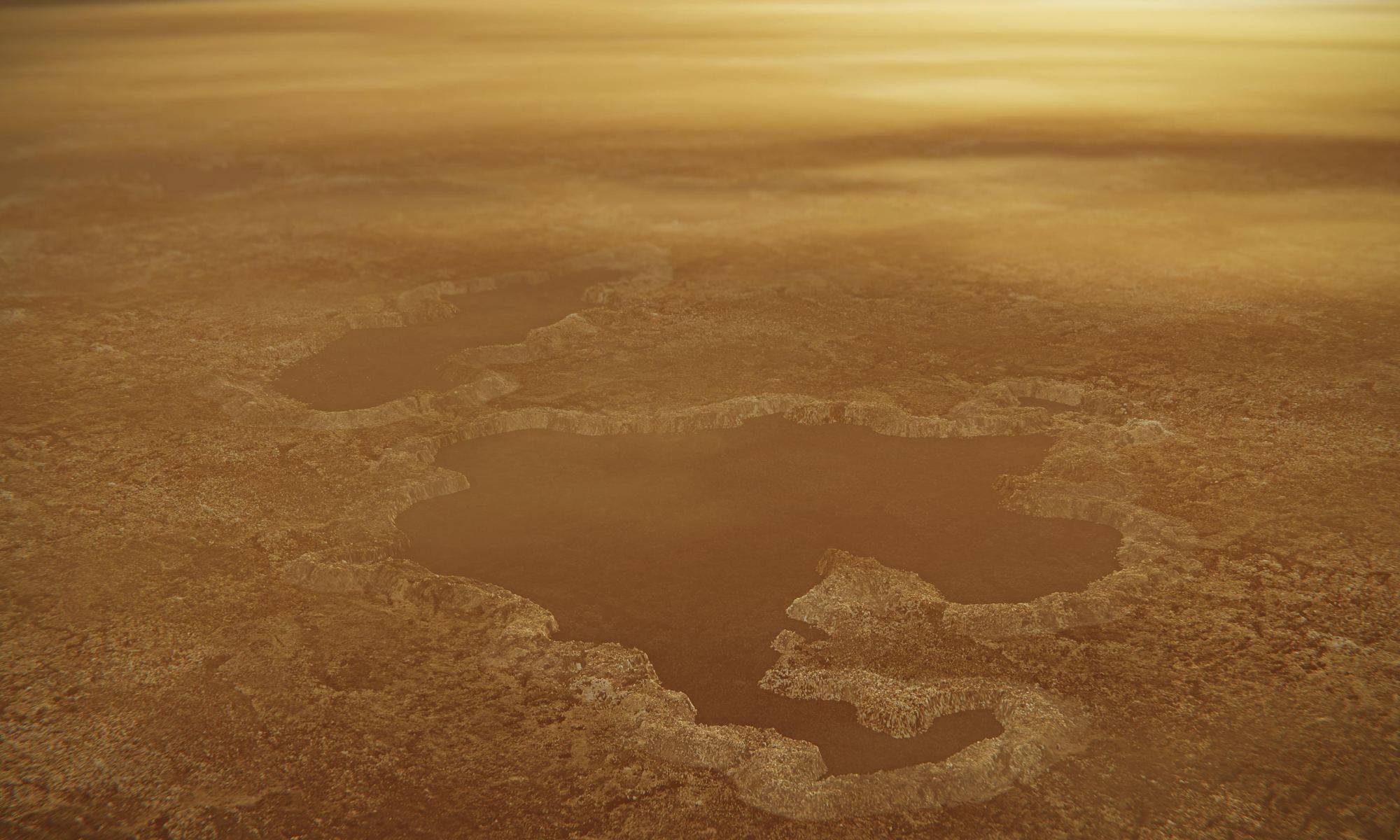
The Cassini spacecraft ended its mission to Saturn and its moons two years ago when it was sent plunging into Saturn to be destroyed. But after two years, scientists are still studying the data from the Cassini mission. A new paper based on Cassini data proposes a new explanation for how some lakes on Titan may have formed.
Continue reading “Whoa. Lakes on Titan Might be the Craters from Massive Underground Explosions”Mercury has Magnetic Poles that Drift Like Earth’s

Earth’s magnetic poles drift over time. This is something that every airplane pilot or navigator knows. They have to account for it when they plan their flights.
They drift so much, in fact, that the magnetic poles are in different locations than the geographic poles, or the axis of Earth’s rotation. Today, Earth’s magnetic north pole is 965 kilometres (600 mi) away from its geographic pole. Now a new study says the same pole drifting is occurring on Mercury too.
Continue reading “Mercury has Magnetic Poles that Drift Like Earth’s”
